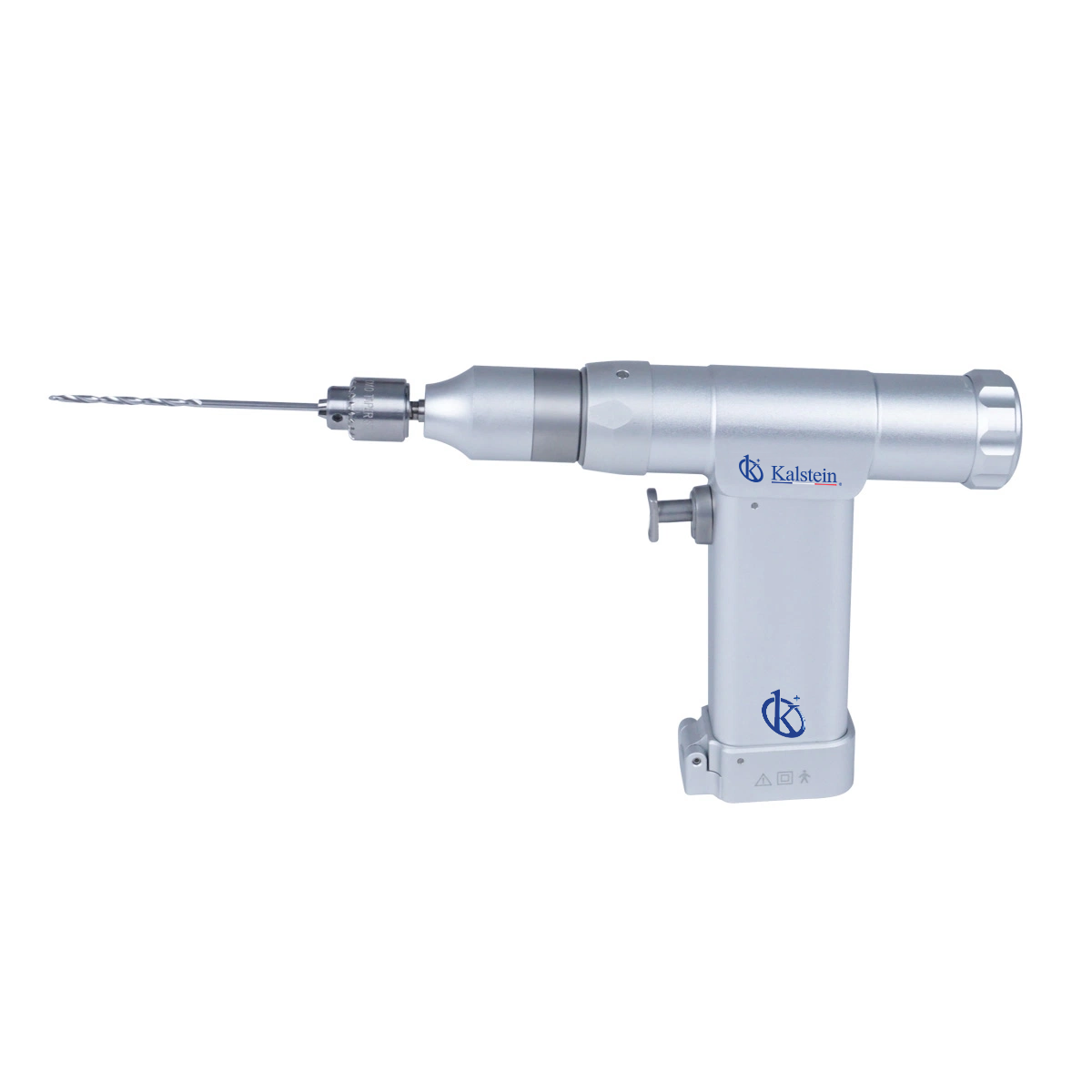The Laboratory Reagents Procedures Manual is an important document to ensure safe handling of substances in the laboratory. It is a list of specific instructions for laboratory work and is used to prevent errors and accidents. This list is prepared on the basis of current legislation, national regulatory guidelines, international standards and technical information.
This list of procedures is closely related to the management of chemical and biological reagents used in natural science laboratories. It defines a set of protocols for proper storage, safe disposal, efficient use and optimization of available space. Detailed instructions are also provided on how to dispose of acids, bases, liquids, gas or organic materials in a responsible manner.
The protocols contemplated in these manuals must follow regulations approved in each country and are based on scientific knowledge of the chemical substances, their reactivity, risk level and toxicity. In this sense, the manual provides information on the best way to store these substances, their preparation, use and handling of the waste generated.
What aspects are contemplated in the drafting of procedure manuals for laboratory substances?
The drafting of this procedure manual involves several steps and is usually started by the laboratory manager or technical supervisor. The first step is to establish the objectives and scope of the work guide. A description of the chemical reagents, measurements, critical evaluations, safety limits and recommended protocols should also be established. For this purpose, it may be useful to consult the catalogs of the commercial companies that offer reagents for sale and the regulations in force.
Once the general guidance is established, it is necessary to define the risks associated with each of the reagents and the procedures necessary to minimize them. Relevant information, such as requirements for storage, cleaning, distribution and disposal of reagents, as well as appropriate ways to control exposure to reagents, should be documented. This information includes the selection of specific equipment, description of specific procedures, quality control, hazard identification and corrective action procedures.
What are the aspects that maintain the validity of the procedures manual to maintain safety in the laboratory?
Often, it is necessary to create a References Section of the procedures manual to provide a detailed description of the specific sources for the information contained in the guide. This section contains additional information so that workers are well informed about the risks to which they are exposed when working with reagents.
The Laboratory Reagent Procedures Manual should be reviewed frequently to ensure that it remains accurate and adequate. This is the only way to ensure safety in the laboratory. Changes to the contents of the procedures guide must be approved by the technical staff, the laboratory manager and qualified personnel before they are implemented in the laboratory.
The development and maintenance of a Laboratory Reagent Procedures Manual ensures the safety of workers and the laboratory environment. This list of instructions should contain all the information necessary to determine proper storage, safe use of reagents, safety limits, and error control and prevention procedures. By following the steps recommended in this manual, scientific work is carried out without danger to health and the environment.
Kalstein offer in chemical reagents
Kalstein, besides being a manufacturer of medical equipment, sells chemical supplies for the analysis of biological samples in clinical laboratories. Among these reagents are those used in hematological studies, which allow the analysis of blood cells, diluent liquids and cleaning solutions, to maintain the equipment in optimal conditions. For details on how to purchase and prices of these reagents, you can go to the manufacturer’s websites HERE and HERE, where you can also clarify all doubts.




